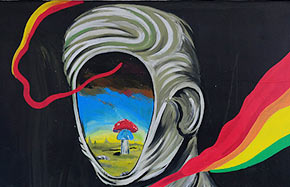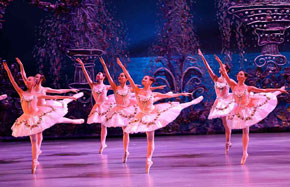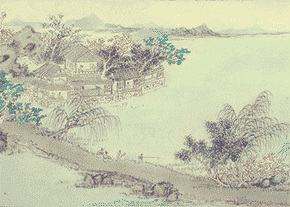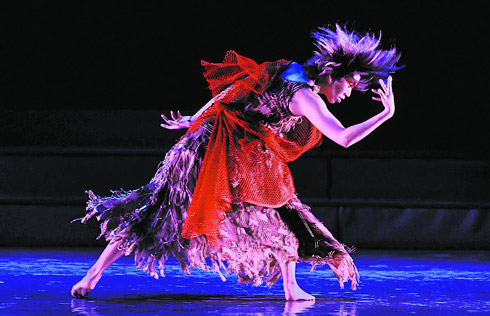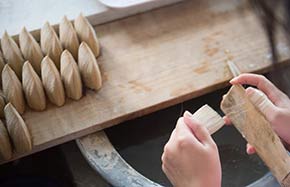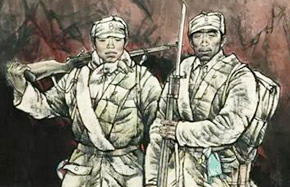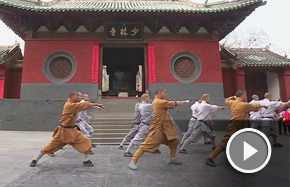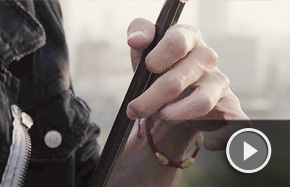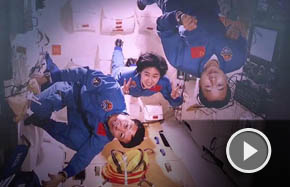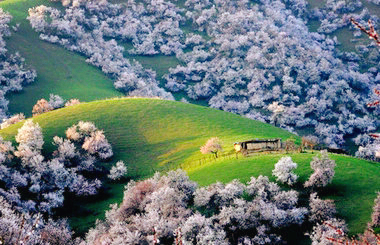Foreign artist's project in Greece
Celebrated Argentinean artist Adrian Villar Rojas has transformed the outdoor space of the Athens National Observatory opposite to the Athens Acropolis into a "jungle", posing questions regarding disappearance, extinction, the passage and volatility of time.
Rojas' installation on the Hill of the Nymphs, entitled the Theater of Disappearance, is the first project he was allowed to set up in an archaeological site worldwide, according to organizers of the Greek Neon nonprofit that commissioned the work.
It is also the first time Greek authorities have given the green signal for such a major project at an archaeological site.
The Athens National Observatory, with a remarkable view of the Parthenon, is a landmark in the center of the Greek capital.
It is the first research institution established in Greece in 1842.
The observatory is part of the city's history and more often in recent years has tried through various events to highlight the links between science and art, its director, Manolis Pleionis, says.
"Opening up to a different kind of art and hosting the Theater of Disappearance was a challenge. Adrian Villar Rojas revealed with his work more potential of the historic site of the Hill of the Nymphs," Pleionis says.
On the Hill of the Nymphs, Rojas worked for months to sow 46,000 plants of 26 species, including bamboo, artichoke, watermelon, pumpkin and asparagus.
The vegetation gradually took over the hill, swallowing statues and will grow until the exhibition's end on Sept 24.
Since June 1, visitors have been able to walk through narrow paths to admire this "jungle" and discover the sculptural installations Rojas has hidden in vitrines among the plants as well as a barren zone that points to a war-torn site.
"What does it mean to have the soil beneath our feet?" the artist asks visitors through this intervention which also expands into the indoor spaces of the observatory.
"I come from Argentina, where essentially soil is a means of production... The strongest features of our national identity are our crops and cattle.
"When I arrived in Greece, I immediately understood that for Greeks what is below their feet was as constitutive of their national identity as it is for Argentineans, but in a completely different way. What was beneath their feet was culture: thousands of years of human civilizations," he says.






